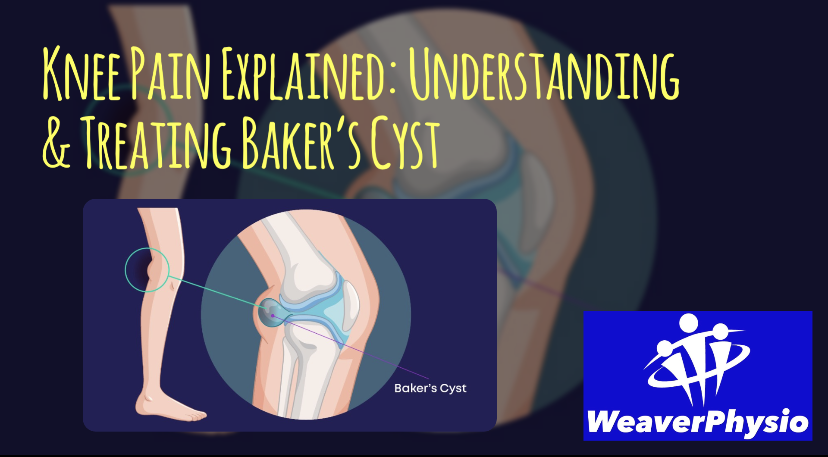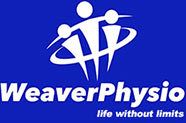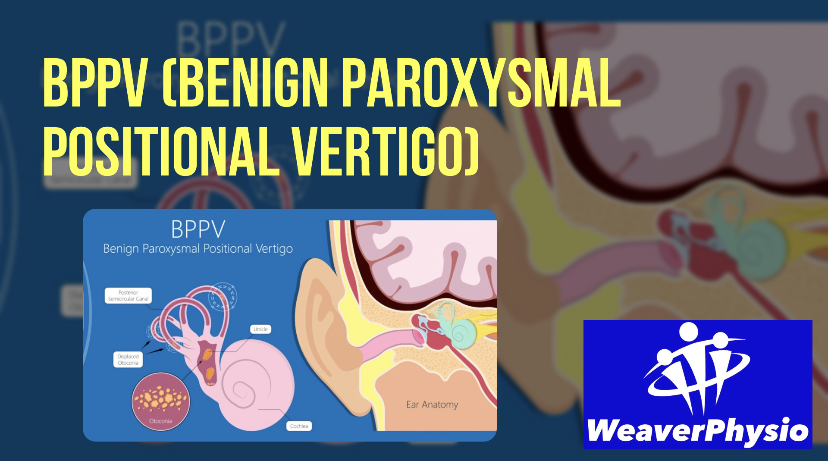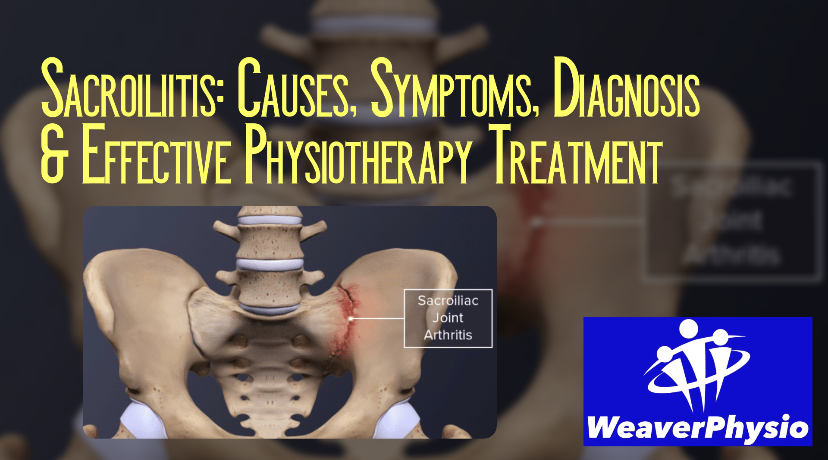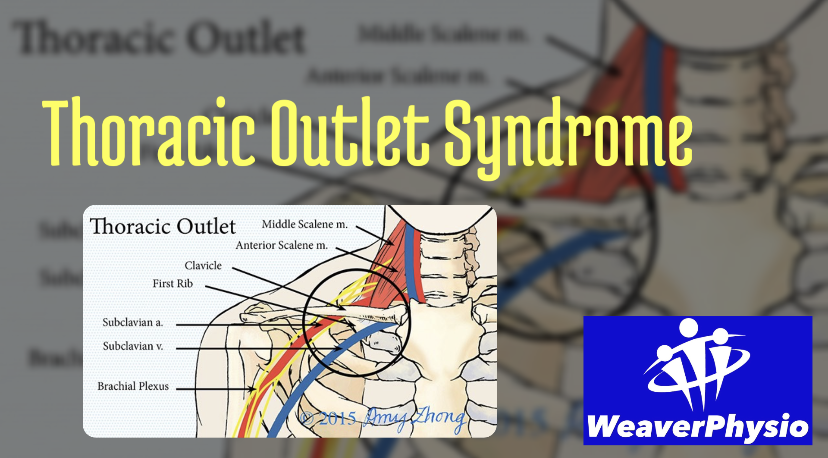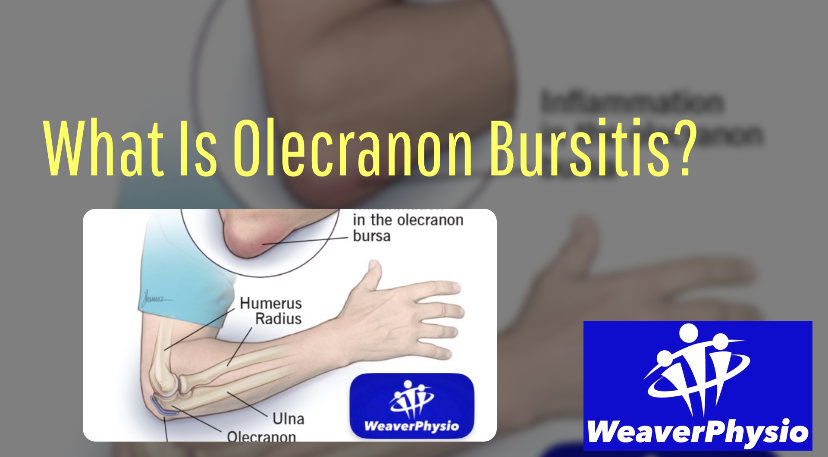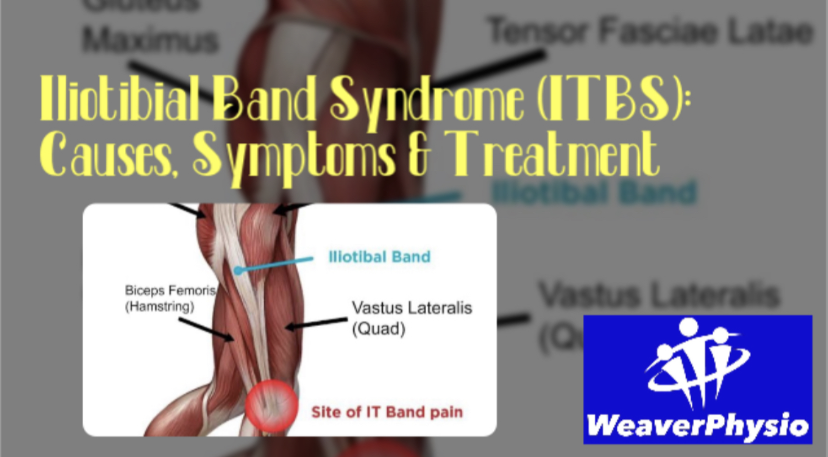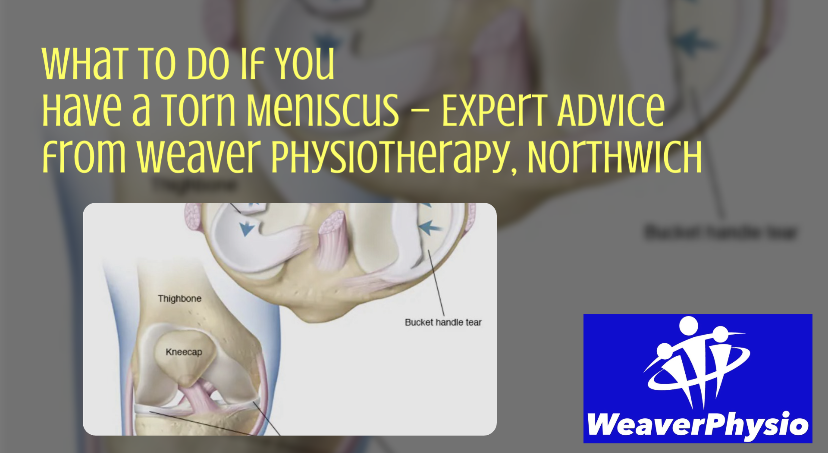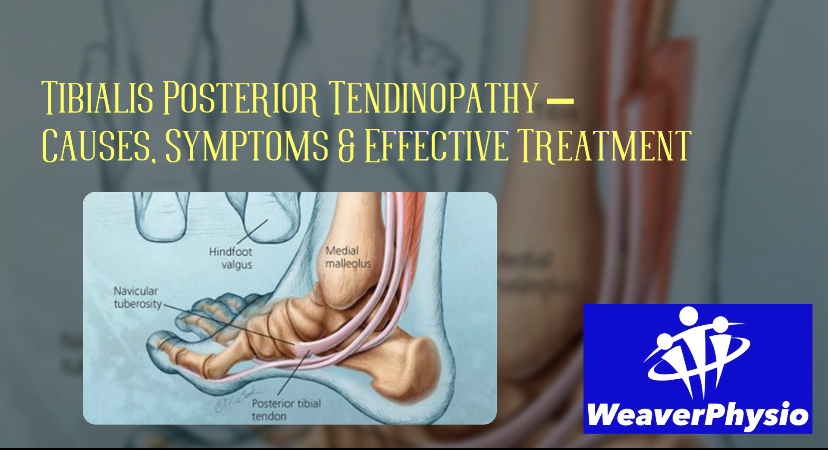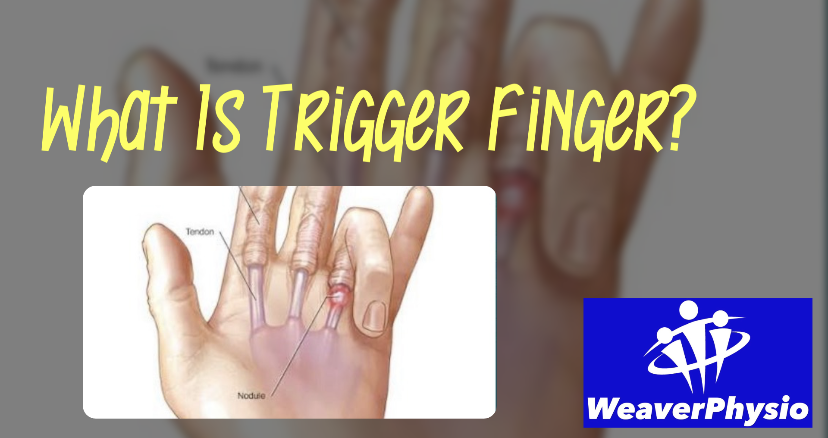Unlocking performance and recovery
The benefits of sports massage
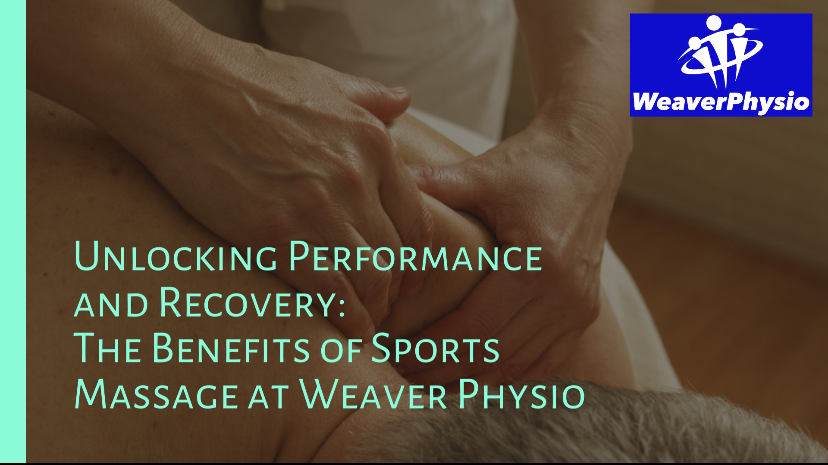
Unlocking Performance and Recovery: The Benefits of Sports Massage at Weaver Physio
In the world of physical performance and wellbeing, recovery is just as vital as training. Whether you’re a professional athlete, a weekend warrior, or someone simply committed to an active lifestyle, your body endures continuous stress. At Weaver Physio, we understand that maintaining peak physical condition requires more than just hard work—it demands proper care, attention, and smart recovery strategies. One of the most effective tools in our toolkit? Sports massage therapy.
In this blog, we dive deep into the world of sports massage—what it is, how it works, and why it can be a game-changer for your performance, recovery, and overall health.
⸻
What Is Sports Massage?
Sports massage is a targeted form of massage therapy specifically designed to support and enhance athletic performance. It involves manipulating the soft tissues—muscles, tendons, ligaments, and fascia—using a combination of techniques including deep tissue work, trigger point therapy, and stretching. Unlike general relaxation massage, sports massage focuses on functional outcomes: improved mobility, faster recovery, injury prevention, and pain relief.
But don’t let the name fool you—sports massage isn’t just for elite athletes. At Weaver Physio, we see clients from all walks of life who benefit from this proactive approach to body care.
⸻
1. Enhanced Recovery After Exercise
One of the most well-known benefits of sports massage is its ability to accelerate recovery after intense physical activity. During exercise, muscles experience microtrauma—tiny tears that can lead to inflammation, stiffness, and soreness. This is part of the normal muscle adaptation process, but it can slow you down if not managed properly.
Sports massage works by:
• Increasing blood flow to affected muscles, helping deliver oxygen and nutrients essential for repair
• Reducing the buildup of lactic acid and other metabolic waste products
• Stimulating the lymphatic system, which helps remove toxins and excess fluid
• Promoting parasympathetic nervous system activity to induce relaxation and reduce stress hormones like cortisol
The result? You recover faster, feel better, and are ready to train again sooner.
⸻
2. Injury Prevention
Injuries don’t just happen—they often result from a combination of factors: muscle imbalances, overuse, restricted range of motion, poor biomechanics, or inadequate warm-up and recovery. Sports massage can help identify and address these issues before they develop into serious problems.
At Weaver Physio, our experienced massage therapists use their hands not only to treat but to assess your tissues. They can detect areas of tightness, adhesions (knots), or early signs of strain. By addressing these “hot spots” early, sports massage acts as a preventative tool, helping you stay on the field, court, or gym floor.
Common injuries sports massage helps prevent include:
• Hamstring strains
• Achilles tendonitis
• Shin splints
• Rotator cuff issues
• Iliotibial (IT) band syndrome
By maintaining optimal muscle length, flexibility, and tissue quality, your body is better equipped to handle the demands of your sport or activity.
⸻
3. Improved Flexibility and Range of Motion
Stiff joints and tight muscles can drastically affect your movement patterns, making you more prone to injury and reducing your overall performance. Regular sports massage sessions help maintain and improve your flexibility by:
• Releasing muscle tension and fascial restrictions
• Stimulating proprioceptors that help regulate muscle tone
• Encouraging relaxation of chronically tight areas
Combined with stretching and mobility exercises (often prescribed as part of a physio treatment plan at Weaver Physio), sports massage can lead to long-term improvements in how your body moves and feels.
⸻
4. Pain Reduction and Muscle Relaxation
Pain can be a frustrating barrier to progress, whether it’s acute discomfort from a recent injury or chronic tension from repetitive stress. Sports massage offers a natural, drug-free way to reduce pain through several mechanisms:
• Stimulating the release of endorphins and serotonin—your body’s natural painkillers
• Interrupting the pain-spasm cycle by easing muscle knots and trigger points
• Increasing circulation to oxygenate tissues and flush away inflammatory byproducts
At Weaver Physio, we tailor our sports massage techniques to your unique condition, helping to alleviate discomfort while promoting long-term healing.
⸻
5. Mental Relaxation and Reduced Stress
While sports massage is physically targeted, it also provides powerful psychological benefits. Athletes often face pressure to perform, and stress can accumulate both mentally and physically. Massage therapy creates a calming environment that helps:
• Lower anxiety levels
• Improve sleep quality
• Enhance mood and focus
• Promote a deeper connection with your body
That’s why sports massage is not just a tool for the body—but also a practice of self-care and stress management. After a session, many clients at Weaver Physio report feeling clearer, calmer, and more in tune with their bodies.
⸻
6. Improved Posture and Movement Efficiency
Many physical issues stem from poor posture or inefficient movement patterns, especially for those who spend long hours at desks or in front of screens. Add physical training into the mix, and muscle imbalances can compound.
Sports massage works to:
• Identify areas of muscular imbalance or asymmetry
• Lengthen chronically tight muscles (like the hip flexors or pecs)
• Release overactive muscles that pull joints out of alignment
This makes your movements more fluid and efficient—not just in sport, but in everyday life. At Weaver Physio, we often incorporate postural assessments and movement screens into our sessions to address these underlying issues.
⸻
7. Rehabilitation from Injury
If you’re currently dealing with an injury, sports massage can play a crucial role in your recovery. Working in tandem with physiotherapy, massage can:
• Reduce scar tissue formation
• Promote better tissue healing through improved circulation
• Loosen stiff joints or muscles caused by immobilization
• Support the psychological recovery process by reducing frustration and pain
Our team at Weaver Physio collaborates closely across disciplines, so your massage therapist will often work hand-in-hand with your physiotherapist to support a cohesive, well-rounded recovery plan.
⸻
8. Performance Enhancement
For athletes, performance is the ultimate goal. Sports massage supports performance by:
• Reducing muscle fatigue during training cycles
• Improving biomechanical efficiency through better mobility
• Helping muscles work more synergistically, leading to stronger, more coordinated movement
• Keeping soft tissues healthy and adaptable
Pre-event massage can be used to stimulate muscles, enhance readiness, and reduce anxiety, while post-event massage helps flush out fatigue and promote recovery.
At Weaver Physio, we often schedule sports massage strategically around our clients’ training calendars and competitions to ensure they’re primed for peak performance.
⸻
9. Personalised Treatment Plans
Every body is different. What sets Weaver Physio apart is our individualised approach. Sports massage isn’t a one-size-fits-all service—it’s part of a broader strategy that fits your goals, activity level, and physical needs.
Whether you’re:
• Training for a marathon
• Recovering from an ACL repair
• Managing chronic back pain
• Trying to improve your golf swing
…our therapists take the time to understand your story, assess your body, and design a sports massage treatment plan that truly works for you.
⸻
10. Complement to Other Therapies
Sports massage works seamlessly with other treatments at Weaver Physio, including:
• Physiotherapy
• Dry needling
• Strength and conditioning
• Pilates and rehab exercise programs
• Gait analysis and biomechanical assessments
This integrative approach helps us get better outcomes, faster. You’re not just booking a massage—you’re accessing a multidisciplinary team that’s dedicated to your recovery and performance.
⸻
When Should You Get a Sports Massage?
Timing is everything. Depending on your activity level and goals, you might benefit from sports massage:
• Weekly or bi-weekly during intense training blocks
• Before an event (24–48 hours prior) for stimulation and activation
• After an event (within 24–72 hours) for recovery
• During injury rehab as part of your overall treatment plan
• Periodically for maintenance and injury prevention
Not sure where to start? Our team at Weaver Physio is happy to advise you on the best schedule for your needs.
⸻
What to Expect During a Sports Massage at Weaver Physio
Your comfort and safety are our top priority. Here’s what a typical session might include:
1. Initial consultation – We’ll discuss your training, injury history, and goals.
2. Physical assessment – Your therapist may assess posture, movement, or muscle tone.
3. Hands-on treatment – Using a combination of techniques tailored to your body and needs.
4. Post-massage advice – Including hydration, stretching, and recovery tips.
You may feel some discomfort during deeper work, but this should always be manageable. Communication with your therapist is key—we’ll adjust pressure and technique to ensure the session is both effective and comfortable.
⸻
Final Thoughts
Sports massage is more than just a luxury—it’s an essential part of proactive body care, injury prevention, and peak performance. Whether you’re recovering from an injury, pushing your limits in training, or just want to move and feel better, sports massage can help you get there.
At Weaver Physio, we’re passionate about helping people achieve their physical best. Our experienced sports massage therapists are here to support you—body, mind, and muscle—every step of the way.
Ready to experience the benefits for yourself? Book your sports massage session at Weaver Physio today and feel the difference it can make.
